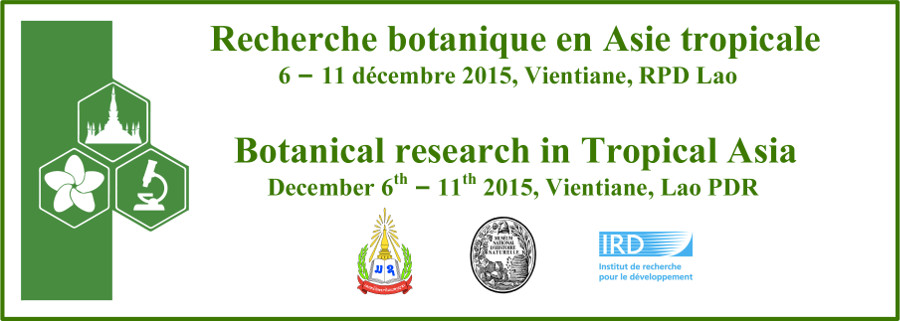The Southeast Asian species Streptocaulon griffithii Hook. f. (Apocynaceae) – and more broadly the genus Streptocaulon Wight & Arn. – has produced extracts and isolated cardiac glycosides with cytotoxicity against various cancer cell lines. This climbing, viny plant's range extends through Laos, Vietnam, Cambodia, Thailand, and southern China. The majority of activities reported for this taxon, also including anti-plasmodial and anti-trypanosomal effects, appear to be due to cardiac glycosides. This compound class exhibits a shared mechanism of action: the conformational lock and inactivation of Na+/K+-ATPase pumps. Ethnomedical uses reported include the treatment of stomachache, malaria, dysentery, abscesses, and snake envenomation. An initial 30 g collection of the aerial parts yielded a CHCl3 partition with significant, selective cytotoxicity (IC50 = 9.1 µg/mL in HT-29 colon adenocarcinoma cells using the Sulforhodamine B assay) warranting further study for anti-cancer lead compounds. 1494 g of a dried, milled re-collection, from Núi Chúa National Park, Vietnam, was subjected to a scaled-up partition scheme. The CHCl3 partition's activity was confirmed (IC50 = 7.8 µg/mL). HPLC-UV automated fraction collection bioassay results guided the fractionation of 8.5 g of the partition. This should generate sufficient material to characterize the phytochemistry of cytotoxic subfractions, which hopefully contain isolable, active, novel compounds.
- Poster

 PDF version
PDF version

